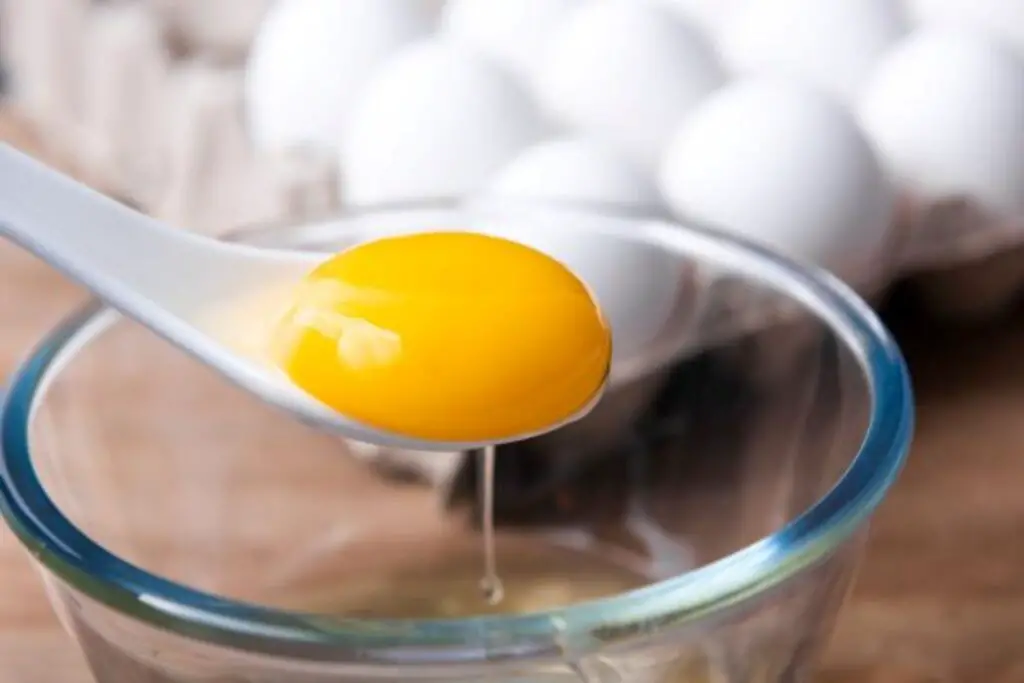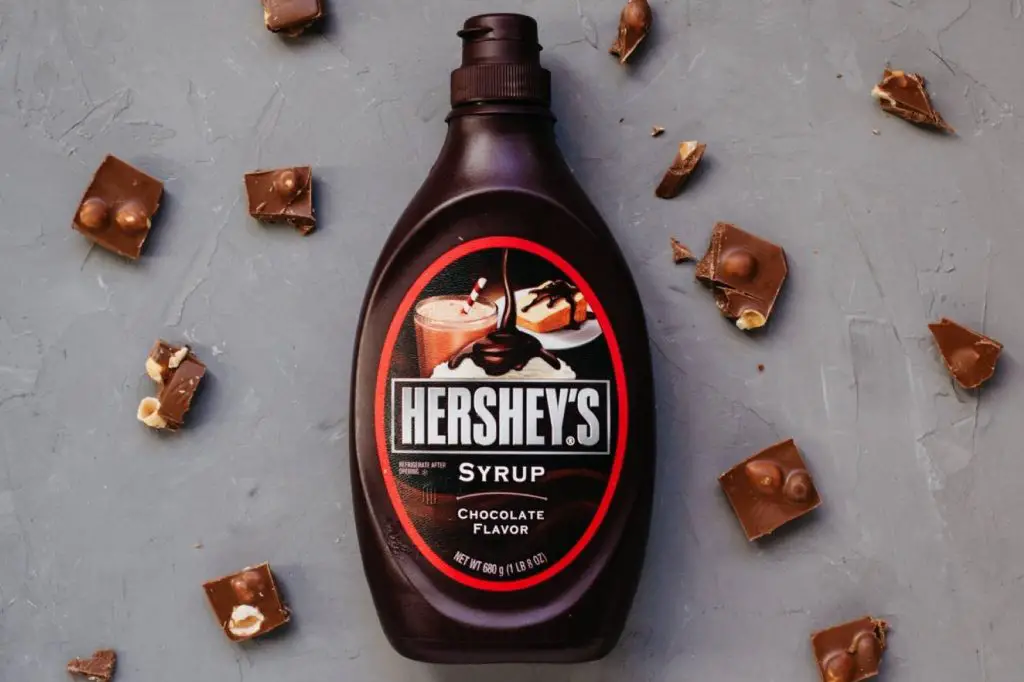
Eggs, a versatile and nutritious food, are a staple in many kitchens around the world. They can be prepared in countless ways, from scrambled and fried to boiled and poached, offering endless possibilities for delicious meals. However, if you find yourself with an abundance of eggs or want to stock up for later use, freezing them can be a convenient option. Freezing eggs allows you to extend their shelf life, ensuring that you always have this essential ingredient on hand whenever you need it. Whether you have fresh eggs from your backyard chickens or a surplus from a grocery store purchase, freezing them properly can help preserve their quality and nutritional value. In this guide, we’ll explore the best practices for freezing eggs, including the different methods and precautions to take, so you can enjoy the benefits of having frozen eggs ready to use in your cooking adventures. Let’s delve into the world of eggs and discover how freezing can be a useful preservation method.
Here are the simple steps to freeze eggs:
Step 1: Gather the Necessary Supplies
Before you embark on the process of freezing eggs, it’s essential to gather all the necessary supplies. Having everything readily available will make the freezing process smoother and more efficient. Here’s a breakdown of the supplies you’ll need:
- Fresh Eggs:
Start with fresh eggs that are in good condition. Ensure that the eggs are not cracked or damaged, as this can affect their quality when frozen.
- Bowl:
Select a clean and medium-sized bowl to crack the eggs into. The bowl should be large enough to accommodate the number of eggs you plan to freeze.
- Whisk or Fork:
You’ll need a whisk or fork to beat the eggs. Whisking or beating the eggs will help ensure that the yolks and whites are fully combined, resulting in a uniform texture when frozen.
- Ice Cube Tray or Muffin Tin:
Choose either an ice cube tray or a muffin tin as a tool for portioning the eggs. Both options work well for freezing eggs, allowing you to conveniently store them in individual servings.
- Ice Cube Tray:
An ice cube tray is suitable for creating smaller portions of frozen eggs. Each compartment in the tray can hold approximately one egg’s worth of the mixture.
- Muffin Tin:
A muffin tin can be used if you prefer slightly larger portion sizes. Fill each cup of the muffin tin to about 2/3 full, leaving some room for expansion during freezing.
- Freezer-Safe Container or Bag:
Prepare a freezer-safe container or bag to store the frozen eggs once they are portioned. Make sure the container or bag is specifically designed for freezer storage to maintain the quality of the eggs over time.
- Labels for Proper Labeling:
Having labels on hand is important for proper organization and easy identification of the frozen eggs. Label each container or bag with the date of freezing, allowing you to keep track of their freshness and usage.
By gathering all these supplies beforehand, you can ensure that the freezing process goes smoothly, allowing you to preserve your eggs effectively and maintain their quality throughout the freezing and thawing stages.
Step 2: Prepare the Eggs
Once you have gathered all the necessary supplies, it’s time to prepare the eggs for freezing. Follow these steps to ensure that the eggs are properly prepared for the freezing process:
- Cracking the Eggs:
Start by cracking the eggs into a clean bowl. Carefully tap each egg on a flat surface to create a small crack, and then gently pull the shell apart to reveal the yolk and egg white inside. Take care not to let any shell pieces fall into the bowl.
- Whisking or Beating the Eggs:
Using a whisk or fork, beat the eggs until the yolks and whites are fully combined. Whisking or beating the eggs ensures that the yolks and whites are well-mixed, resulting in a uniform texture when frozen. This step is crucial because it helps prevent the separation of the yolks and whites during the freezing process.
- Separating Yolks and Whites (Optional):
If you prefer to separate the yolks and whites, you can do so at this stage. Gently crack each egg and carefully separate the yolk from the egg white, allowing each component to fall into separate clean bowls. This separation allows you to freeze the yolks and whites individually, which can be useful for specific recipes that require separate components.
- Using Different Containers (Optional):
If you choose to separate the yolks and whites, you can use different containers for each component. This ensures easier handling and portioning when using them in future recipes. Make sure to use separate freezer-safe containers or bags for each, and label them accordingly.
By cracking the eggs into a clean bowl and whisking or beating them until they are fully combined, you ensure that the texture remains uniform throughout the freezing process. If desired, separating the yolks and whites allows for greater flexibility in using them separately in various culinary applications.
Step 3: Portion the Eggs
After preparing the eggs, the next step is to portion them for freezing. This step allows for convenient usage of the frozen eggs later on. Here’s how to properly portion the eggs:
- Determine Portion Sizes:
Decide on the portion sizes that suit your needs and preferences. The goal is to create individual servings of frozen eggs that can be easily used in recipes later. This step allows you to thaw only the amount you need, minimizing waste.
- Ice Cube Trays:
If you choose to use an ice cube tray for portioning, fill each compartment with approximately one egg’s worth of the egg mixture. This measurement ensures that each portion is equivalent to one egg, making it easier to portion and use in recipes. Gently pour or spoon the egg mixture into each compartment, filling them to the top.
- Muffin Tins:
Alternatively, you can use a muffin tin for portioning the eggs. Fill each cup of the muffin tin to about 2/3 full with the egg mixture. This measurement allows for slightly larger portions compared to the ice cube tray method. It’s important to leave some room for expansion during freezing to prevent any overflow or mess.
- Room for Expansion:
Regardless of the method you choose, it’s crucial to leave some space for expansion during freezing. As liquids freeze, they expand, and if the compartments or cups are filled to the brim, they may overflow or cause difficulties when removing the frozen portions. Leaving a small gap allows for expansion and avoids any potential issues.
By deciding on portion sizes and using either ice cube trays or muffin tins, you can easily create individual servings of frozen eggs. Remember to leave room for expansion during freezing to ensure hassle-free handling and storage.
Step 4: Freeze the Eggs
Once the eggs are portioned and ready for freezing, the next step is to properly freeze them. Follow these instructions to ensure that the eggs freeze solidly and maintain their quality:
- Placement in the Freezer:
Carefully place the ice cube tray or muffin tin with the portioned eggs into the freezer. Find a flat and stable surface where the tray or tin can sit securely without the risk of tipping over or shifting.
- Freezing Time:
Allow the eggs to freeze until they are completely solid. This process typically takes around two hours, but the exact time may vary depending on the temperature of your freezer. Be sure to consult your freezer’s manual or guidelines for optimal freezing times.
- Smaller Portions for Easier Defrosting:
By portioning the eggs into smaller sizes, such as using an ice cube tray or muffin tin, you make the defrosting process more convenient. Smaller portions thaw more quickly and evenly, allowing you to easily defrost only the amount of eggs you need for a particular recipe. This helps minimize waste and ensures that the eggs retain their quality during the thawing process.
Freezing the eggs until they are solid ensures that they are preserved effectively. The smaller portion sizes allow for easier defrosting, ensuring that you can conveniently use the desired amount of eggs without defrosting the entire batch.
Step 5: Transfer to Freezer-Safe Containers or Bags
After the eggs have frozen solid, it’s time to transfer them from the ice cube tray or muffin tin to freezer-safe containers or bags. Follow these steps to ensure proper storage and organization:
- Remove the Ice Cube Tray or Muffin Tin:
Take out the ice cube tray or muffin tin from the freezer. Carefully handle the tray or tin to prevent any accidental spills or damage.
- Gently Pop Out the Frozen Egg Portions:
Using your fingers or a small utensil, gently pop out the frozen egg portions from the compartments or cups of the ice cube tray or muffin tin. Take care not to apply excessive force that could break the portions.
- Transfer to Freezer-Safe Containers or Bags:
Place the frozen egg portions into a freezer-safe container or bag. Choose containers or bags specifically designed for freezer storage, as they are designed to maintain the quality of the eggs over time. Make sure the containers or bags have a tight seal to prevent air and moisture from entering, which can cause freezer burn or affect the taste and texture of the eggs.
- Label the Container or Bag:
To keep track of the freezing date and ensure proper rotation of your frozen eggs, label the container or bag with the date of freezing. This step is essential for future reference, allowing you to use the oldest eggs first and maintain their freshness.
By transferring the frozen egg portions to freezer-safe containers or bags and labeling them with the date of freezing, you can maintain proper storage and organization. This ensures that the frozen eggs retain their quality and allows you to easily identify and use them when needed.
Step 6: Proper Storage
Proper storage of frozen eggs is essential to maintain their quality and prevent any deterioration over time. Follow these guidelines to ensure optimal storage conditions:
- Temperature:
It is crucial to store the frozen eggs at a constant temperature of 0°F (-18°C) or below. This temperature range is considered ideal for preserving the quality and safety of frozen foods. Make sure your freezer is set to the appropriate temperature and regularly monitor its performance.
- Duration of Storage:
When stored at the recommended temperature, frozen eggs can maintain their quality for up to one year. It’s a good practice to use the oldest eggs first to avoid any potential quality issues as time passes. Labeling the containers or bags with the date of freezing helps you keep track of the storage duration.
- Proper Sealing:
Ensure that the container or bag used for storing the frozen eggs is properly sealed. Airtight sealing prevents any air or moisture from entering, which can lead to freezer burn or affect the taste and texture of the eggs. Double-check the seals to ensure they are tight and secure.
By storing the frozen eggs at the correct temperature, you preserve their quality and extend their shelf life. The airtight sealing prevents any negative effects from air or moisture exposure, ensuring that the eggs maintain their freshness and taste when thawed and used in recipes.
Step 7: Thaw the Frozen Eggs
When you’re ready to use the frozen eggs, follow these steps to thaw them properly and incorporate them into your recipes:
- Transfer to the Refrigerator:
To thaw the frozen eggs, transfer the desired amount from the freezer to the refrigerator. Place the container or bag with the frozen eggs in a designated section of the refrigerator where they can thaw undisturbed. Allow the eggs to thaw overnight or for approximately 24 hours.
- Thawing in Cold Water (Alternative):
If you need to thaw the eggs more quickly, you can use the cold water method. Fill a bowl or sink with cold water and place the sealed bag or container with the frozen eggs in the water. Ensure that the eggs are submerged and not leaking. Change the water every 30 minutes to maintain a cold temperature. Thawing using this method typically takes about 1-2 hours, depending on the size of the frozen egg portions.
- Thawing Safety Precautions:
It’s important to thaw eggs in the refrigerator or cold water to ensure food safety. Avoid thawing them at room temperature, as this can promote bacterial growth and compromise food safety.
- Using Thawed Eggs:
Once the eggs have thawed completely, they are ready for use in your favorite recipes. Treat the thawed eggs the same way you would fresh eggs. You can use them in baking, cooking, or any other recipe that calls for eggs. Thawed eggs may have a slightly different texture compared to fresh eggs, but they will still provide the same functionality and taste.
By following proper thawing methods and using the thawed eggs in a timely manner, you can incorporate the frozen eggs seamlessly into your recipes, allowing you to enjoy the convenience of preserved eggs while maintaining excellent taste and quality.
Other related questions
Can you refreeze eggs?
No, it is generally not recommended to refreeze eggs once they have been thawed. Freezing and thawing can affect the texture and quality of the eggs, and refreezing them can further deteriorate their taste and texture. It is best to use thawed eggs promptly and avoid refreezing them to maintain their optimal quality.
How do I know if the eggs have gone bad after being frozen?
After eggs have been frozen, it is important to check for signs of spoilage before consuming them. To determine if frozen eggs have gone bad, look for indicators such as an off or sulfur-like odor, unusual texture or color changes, and the presence of mold or bacteria growth. If any of these signs are observed, it is advised to discard the eggs, as consuming spoiled eggs can lead to foodborne illnesses.
Can you freeze eggs with added ingredients, such as cheese or vegetables?
Yes, you can freeze eggs with added ingredients such as cheese or vegetables. However, it is important to consider the texture and quality of the added ingredients after freezing and thawing. Vegetables may become softer or mushy, and the texture of cheese can change. It is recommended to test a small portion before freezing a larger batch to assess the quality after thawing.
Can you freeze egg whites and yolks separately?
Yes, you can freeze egg whites and yolks separately. To freeze egg whites, simply separate them from the yolks and place them in a freezer-safe container or bag. For yolks, it is recommended to mix them with either a pinch of salt or sugar to prevent them from becoming too gelatinous when thawed. Label the containers or bags with the number of whites or yolks and the date of freezing for easy reference.
Can you freeze eggs for baking?
Yes, you can freeze eggs for baking purposes. To do so, crack the eggs into a bowl and gently whisk them until well combined. Then, transfer the beaten eggs to a freezer-safe container or ice cube tray. Label the container or tray with the number of eggs and the date of freezing. Thaw the frozen eggs in the refrigerator before using them in baking recipes. Keep in mind that the texture of thawed eggs may be slightly different from fresh eggs, but they can still be used in baking with good results.
Can you freeze scrambled eggs?
Yes, you can freeze scrambled eggs. To freeze scrambled eggs, cook them as you normally would, allow them to cool, and then transfer them to a freezer-safe container or bag. It’s best to portion them into individual servings for easier thawing and usage later on.








